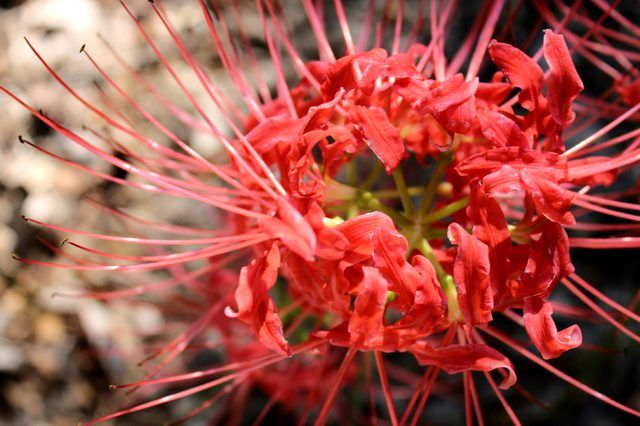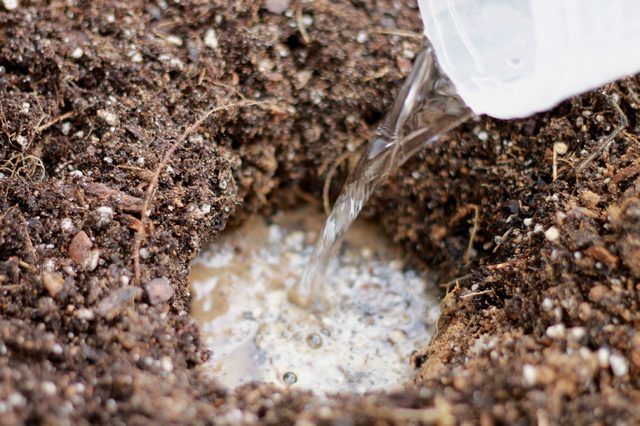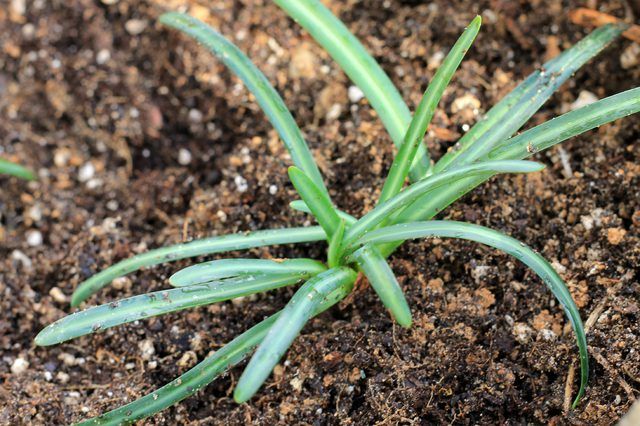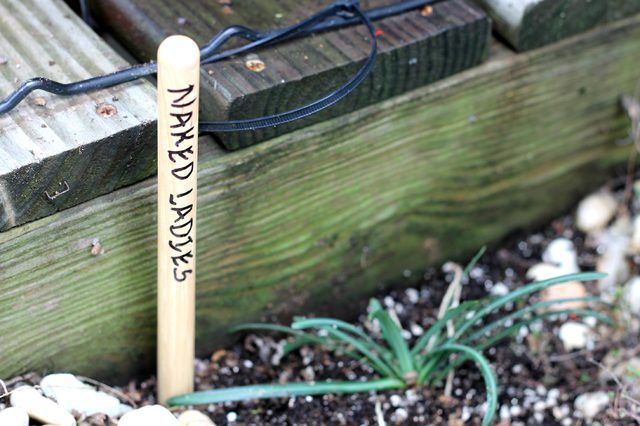Bulbs
Flower Basics
Flower Beds & Specialty Gardens
Flower Garden
Garden Furniture
Garden Gnomes
Garden Seeds
Garden Sheds
Garden Statues
Garden Tools & Supplies
Gardening Basics
Green & Organic
Groundcovers & Vines
Growing Annuals
Growing Basil
Growing Beans
Growing Berries
Growing Blueberries
Growing Cactus
Growing Corn
Growing Cotton
Growing Edibles
Growing Flowers
Growing Garlic
Growing Grapes
Growing Grass
Growing Herbs
Growing Jasmine
Growing Mint
Growing Mushrooms
Orchids
Growing Peanuts
Growing Perennials
Growing Plants
Growing Rosemary
Growing Roses
Growing Strawberries
Growing Sunflowers
Growing Thyme
Growing Tomatoes
Growing Tulips
Growing Vegetables
Herb Basics
Herb Garden
Indoor Growing
Landscaping Basics
Landscaping Patios
Landscaping Plants
Landscaping Shrubs
Landscaping Trees
Landscaping Walks & Pathways
Lawn Basics
Lawn Maintenance
Lawn Mowers
Lawn Ornaments
Lawn Planting
Lawn Tools
Outdoor Growing
Overall Landscape Planning
Pests, Weeds & Problems
Plant Basics
Rock Garden
Rose Garden
Shrubs
Soil
Specialty Gardens
Trees
Vegetable Garden
Yard Maintenance
How to Plant a Naked Lady
How to Plant a Naked Lady. If the idea of planting naked ladies in the garden makes you blush, think of Lycoris squamigera and Amayrllis belladonna by their botanical names. These members of the Amaryllis family have similar needs. Each produces late-winter or early spring leaves before going dormant in early summer. By summer's end, each...
If the idea of planting naked ladies in the garden makes you blush, think of Lycoris squamigera and Amayrllis belladonna by their botanical names. These members of the Amaryllis family have similar needs. Each produces late-winter or early spring leaves before going dormant in early summer. By summer's end, each reawakens as a leafless stalk crowned with decidedly feminine, lavender-pink trumpet flowers. Suitable for U. S. Department of Agriculture plant hardiness zones 5 through 9 and 7 through 10, respectively, naked ladies live for decades. Plant the toxic bulbs where curious children or digging pets can't get to them.

Prepare a planting bed for the naked ladies in fall. They need a site with excellent drainage and at least six hours of daily sun. To test your soil, dig a 12-inch-deep hole, fill it with water, and wait 30 minutes. If it hasn't drained completely, choose another area or amend the soil with a 2- to 3-inch layer of well-aged compost. Loosen the planting beds' top 6 to 8 inches and incorporate the compost with a spade or tiller. Count on using 60 to 90 pounds for each 10 square feet of soil. A 1-inch layer requires 30 pounds.

Dig planting holes deep enough that the round or teardrop portions of the bulbs are underground, and their papery necks, or stem ends, remain exposed. If you plant them too deeply, they may rot. Space both varieties 1 foot apart to allow for their eventual 1 1/2 - to 2-foot spread. Refill the hole with soil and then water it well to remove air pockets. If you're in a cold-winter climate, covering the bulbs with a 3-inch layer of ground bark or other organic mulch just before the ground freezes is optional.

Water newly planted naked lady bulbs only to keep the soil moist only while their roots establish before winter sets in. Later on, when they're supporting foliage or flowers, they need 1 inch, or about 6 gallons of weekly rainfall or supplemental water for each 10 square feet of soil. Stop watering during their summer dormancy and after their blooms fade in fall. The bulbs contain all the nutrients they need to support their initial rounds of leaves and flowers, so don't fertilize them during their first year.

Naked ladies establish their roots during the fall. Depending on your climate, their above-ground growth starts emerging in late winter or early spring. As the leaves begin to die back in summer, mark the area near the foliage clumps with labeled stakes so you'll remember where the bulbs are. Otherwise, you may plant summer annuals on top of them. The plants multiply by tiny bulblets that grow into full-sized plants over several years. To encourage them, spread a 1-inch layer of well-aged cow manure over the planting bed each spring.
